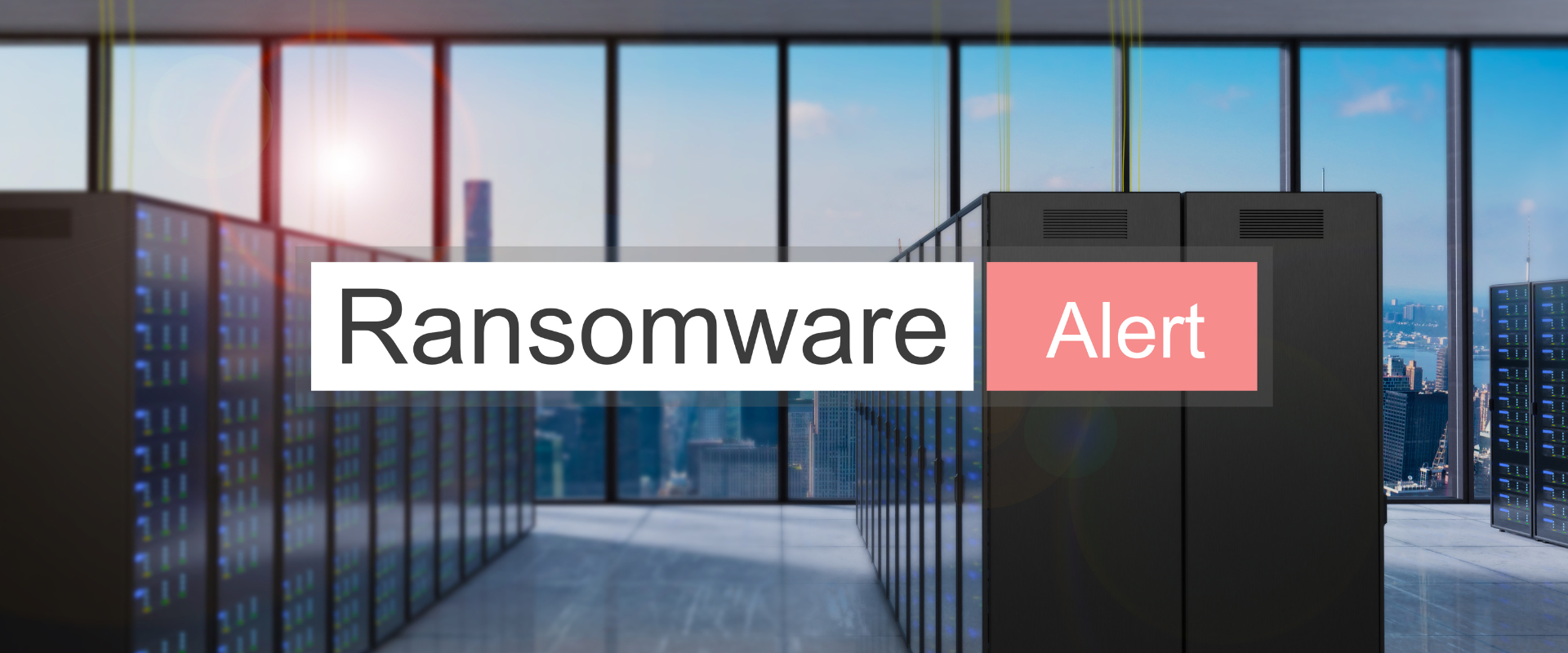
The Rise of Insider Threats: How to Protect Your Organization from Internal Cybersecurity Risks
By, Webmaster
- 20 Nov, 2024
- 1.8k Views
While most organizations focus on external cyber threats, one of the fastest-growing risks to cybersecurity comes from within: insider threats. Whether intentional or accidental, insider threats can cause significant damage, making them one of the most challenging risks to mitigate. In this article, we’ll explore the nature of insider threats, why they’re becoming more prevalent, and strategies businesses can adopt to protect themselves.
Understanding Insider Threats
An insider threat occurs when someone within an organization, such as an employee, contractor, or business partner, uses their access to systems and data for malicious purposes, or unintentionally causes harm. Insider threats are particularly dangerous because insiders often have authorized access to sensitive information, making it easier for them to exploit vulnerabilities without raising suspicion.
There are two primary types of insider threats:
Malicious Insiders: These individuals intentionally misuse their access to steal information, sabotage systems, or conduct other harmful activities. Their motives can range from financial gain to personal vendettas.
Negligent Insiders: These are individuals who unintentionally compromise security, often through careless behavior. This might include clicking on phishing emails, mishandling sensitive data, or failing to follow established security protocols.
Why Insider Threats Are on the Rise
- Increased Remote Work: The shift to remote work has expanded the attack surface, providing more opportunities for insiders to exploit vulnerabilities. Remote workers often use personal devices, access systems from unsecured networks, and have less oversight, increasing the chances of an insider threat going unnoticed.
- Access to Sensitive Information: Employees, contractors, and vendors often have access to sensitive company data and systems. This gives them a significant advantage if they decide to misuse this access, whether for financial gain or personal reasons.
- High-Profile Data Breaches: Many of the most devastating data breaches in recent years have been caused by insiders. With access to valuable company data, insiders can sell it on the black market, leak it to competitors, or use it for personal gain.
- Lack of Monitoring: In many organizations, monitoring of employee activity and data access is minimal or ineffective. This creates a gap in identifying abnormal behavior or signs of malicious intent before it escalates into a serious security incident.
The Impact of Insider Threats
The damage caused by insider threats can be substantial and far-reaching, including:
Financial Losses: Insider threats can lead to significant financial losses, especially when intellectual property, customer data, or financial records are compromised.
Reputational Damage: If insider activity results in data leaks or breaches, it can severely damage the trust customers, clients, and partners have in the organization.
Legal and Regulatory Consequences: Insider threats may lead to violations of data protection regulations, resulting in legal penalties and regulatory fines.
Operational Disruption: Malicious insiders may intentionally sabotage systems or operations, causing significant disruptions to daily business activities.
Strategies for Mitigating Insider Threats
Implement Least Privilege Access: Ensure that employees, contractors, and vendors have only the minimum level of access required to perform their duties. This reduces the chances of malicious or negligent insiders exploiting unnecessary access to sensitive data or systems.
Monitor User Activity: Continuously monitor employee activity, both in terms of data access and behavior, using tools such as User Behavior Analytics (UBA). This helps identify suspicious activity, such as unusual access patterns or large data transfers, which may indicate an insider threat.
Conduct Regular Security Training: Regularly train employees on security best practices, the risks of insider threats, and how to spot suspicious activity. Educate employees on the dangers of social engineering, phishing, and how to securely handle sensitive information.
Data Loss Prevention (DLP) Tools: Implement DLP tools that can monitor, detect, and prevent the unauthorized transfer of sensitive information. These tools can block attempts to email or upload confidential data to external servers, thus preventing accidental or malicious data leaks.
Strengthen Incident Response Plans: Have a clear and detailed incident response plan that includes procedures for handling insider threats. This plan should outline the steps for investigating potential threats, containing the incident, and recovering from any damage caused.
Encourage a Culture of Security: Foster a security-conscious culture where employees are encouraged to report suspicious activities without fear of retaliation. Creating an open dialogue around security concerns helps build trust and ensures that issues are addressed before they become major problems.
Use Behavioral Analytics: Leverage machine learning and behavioral analytics to detect anomalies in user behavior. If an employee suddenly starts accessing data they don’t normally need or engaging in other suspicious activities, these tools can alert security teams to potential insider threats.
Exit Strategies for Departing Employees: Ensure that proper exit procedures are followed when employees leave the company. This includes revoking access to systems, recovering company-owned devices, and conducting exit interviews to address any security concerns.
Conclusion
Insider threats represent one of the most complex and challenging cybersecurity risks, as they can come from trusted individuals within the organization. However, by implementing proactive security measures, including monitoring, employee training, and least privilege access, businesses can significantly reduce their risk and better protect themselves from both malicious and negligent insiders. As the landscape of cybersecurity continues to evolve, staying vigilant and adopting a comprehensive strategy for mitigating insider threats will be crucial in safeguarding sensitive data and maintaining trust with customers and partners.
We hope you found this article informative. If you have questions or would like to learn more about how to protect your organization from insider threats, feel free to reach out!
Recent Posts
- The Growing Threat of Distributed Denial-of-Service (DDoS) Attacks: How to Protect Your Organization from DDoS Threats
- Zero Trust: The Key to Safeguarding Your Digital Assets
- The Evolution of Ransomware: How to Prepare for the Future of Cyber Extortion
- The Rise of AI-Powered Phishing Attacks: How to Safeguard Your Business
- The Growing Threat of Insider Threats in Cybersecurity: How to Protect Your Business
Category
- Cyber Security (67)
- Vulnerability Assessment (51)







